This maybe very simple but I cant seem to sort it out on my own. I have created a simple db and entity modal that looks like this

I am trying to create an Create form that allows me to add a new Order. I have a total of 3 tables so what I am trying to do is have the form allowing the person to enter Order date and also has a dropdown list that allows me to select a product from the product table
I want to be able to create a Add or Edit view that allow me to insert the OrderDate into the OrderTable and also insert the OrderID and selected ProductID into OrderProduct.
What steps do I need to do here.
I have created an OrderController and ticked the "Add Actions" and than added a Create View which looks like this
@model Test.OrderProduct
@{
ViewBag.Title = "Create2";
}
<h2>Create2</h2>
<script src="@Url.Content("~/Scripts/jquery.validate.min.js")" type="text/javascript"></script>
<script src="@Url.Content("~/Scripts/jquery.validate.unobtrusive.min.js")" type="text/javascript"></script>
@using (Html.BeginForm()) {
@Html.ValidationSummary(true)
<fieldset>
<legend>OrderProduct</legend>
<div class="editor-label">
@Html.LabelFor(model => model.OrderID)
</div>
<div class="editor-field">
@Html.EditorFor(model => model.OrderID)
@Html.ValidationMessageFor(model => model.OrderID)
</div>
<div class="editor-label">
@Html.LabelFor(model => model.ProductID)
</div>
<div class="editor-field">
@Html.EditorFor(model => model.ProductID)
@Html.ValidationMessageFor(model => model.ProductID)
</div>
<p>
<input type="submit" value="Create" />
</p>
</fieldset>
}
<div>
@Html.ActionLink("Back to List", "Index")
</div>
This creates the view that contains a textbox for both OrderID and ProductID however no date.
My controller CreatePost hasnt been changed
[HttpPost]
public ActionResult Create(FormCollection collection)
{
try
{
var data = collection;
// TODO: Add insert logic here
// db.Orders.AddObject(collection);
return RedirectToAction("Index");
}
catch
{
return View();
}
}
My questions are,
1.How do I swap out ProductID textbox to be a dropdown which is populated from Product 2.How do I get the data from FormCollection collection? I thought of just a foreach however I dont know how to get the strongly typed name
Any help for a newbie would be very helpful.
Thank you!